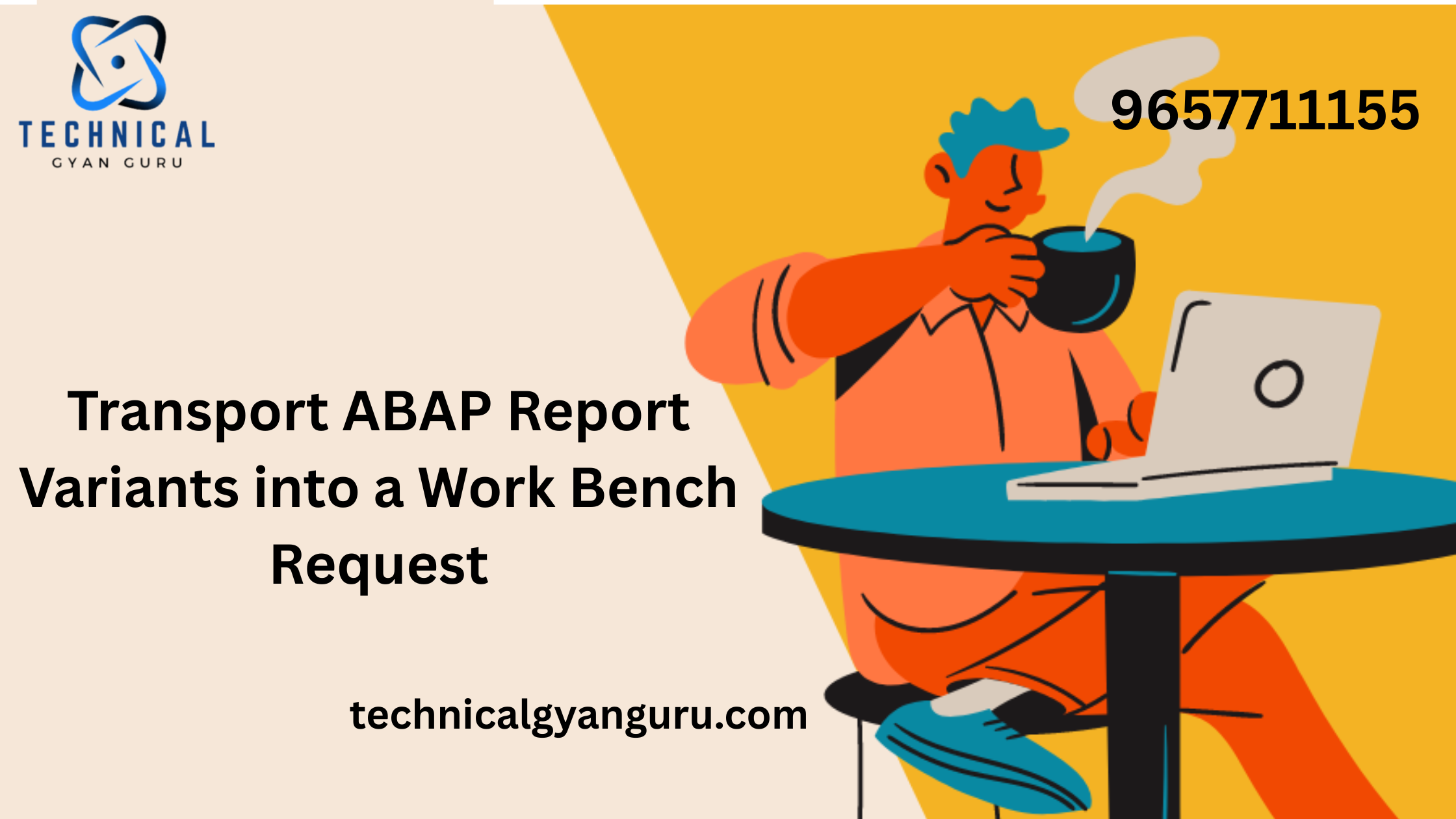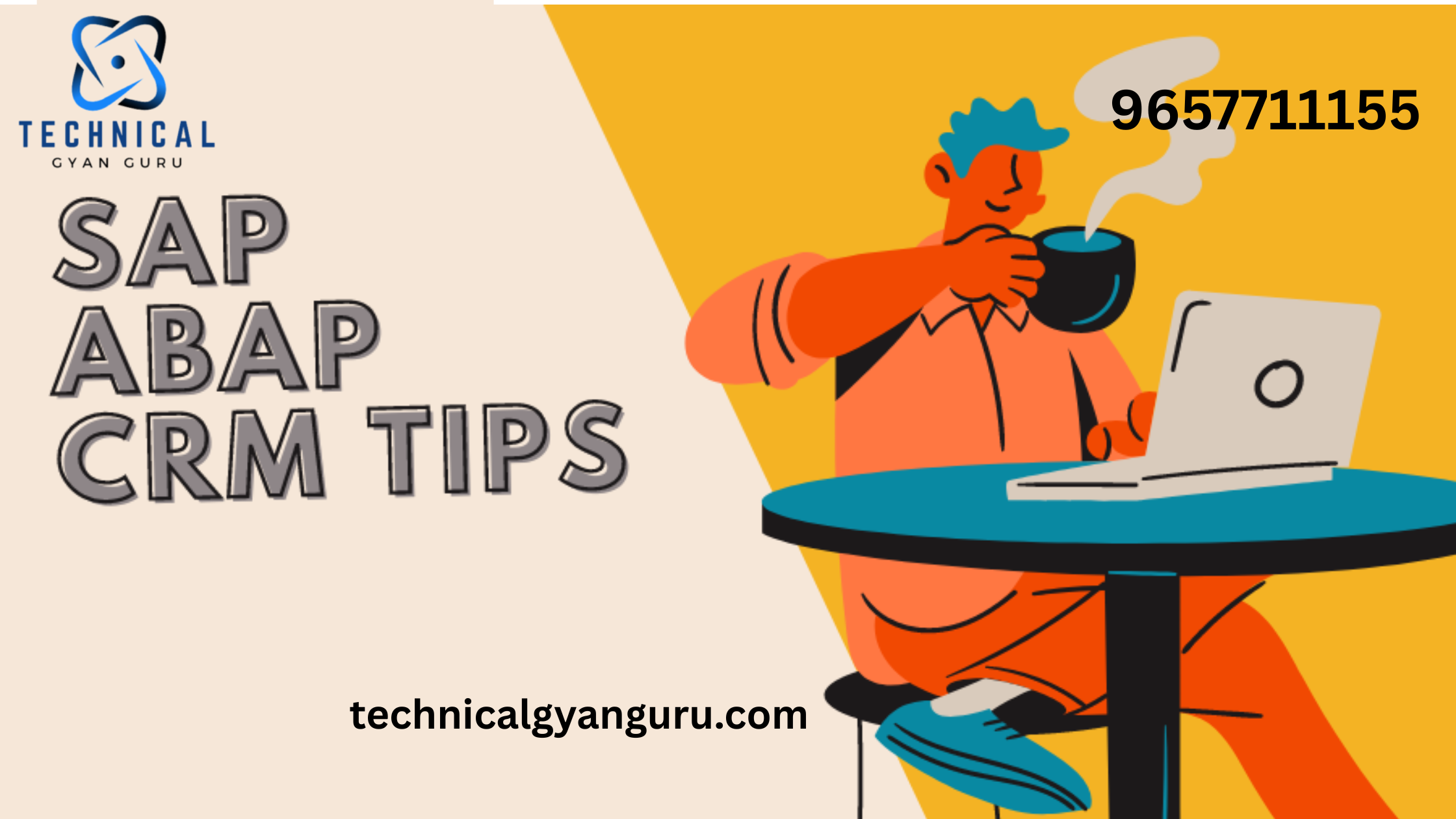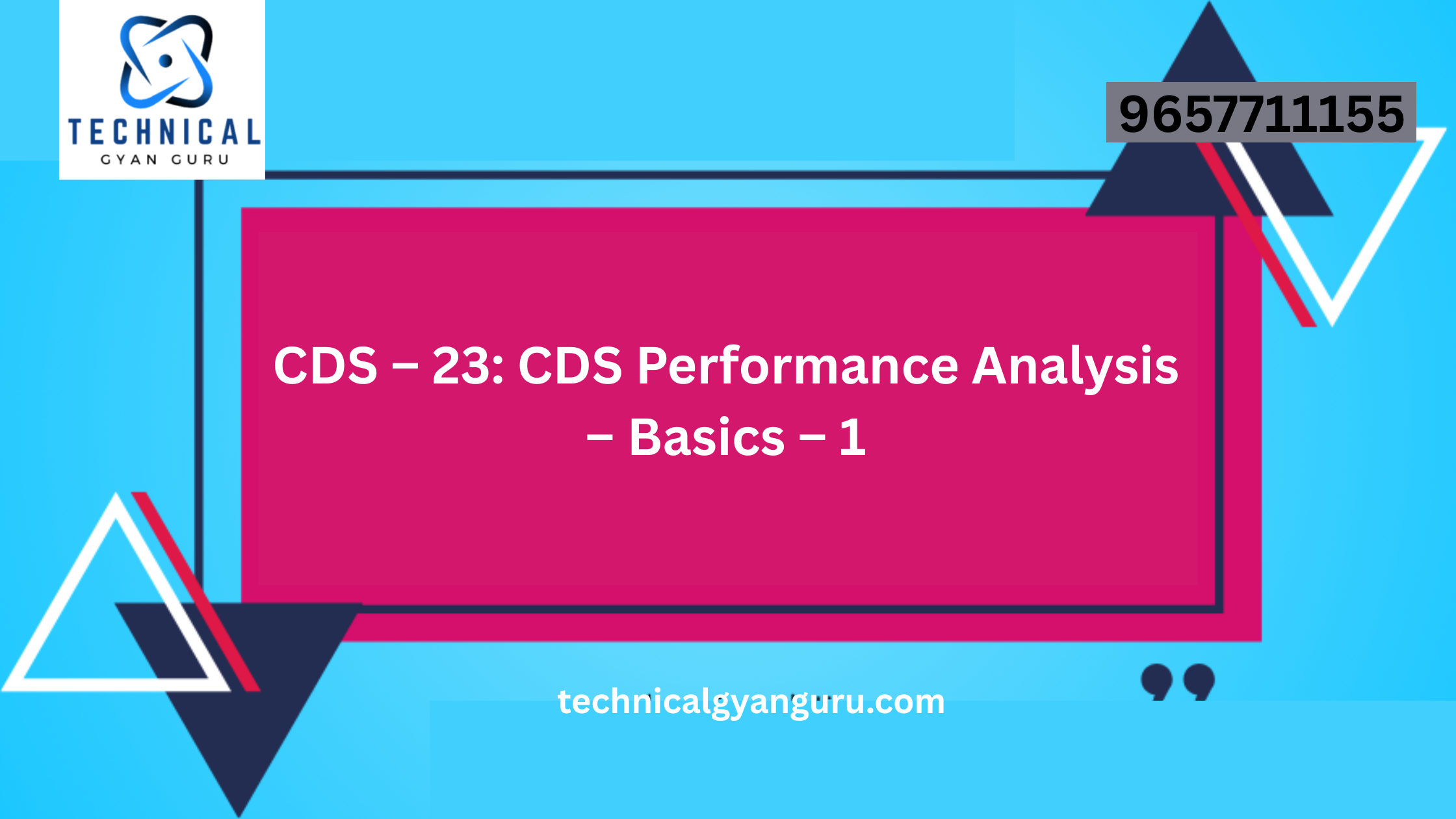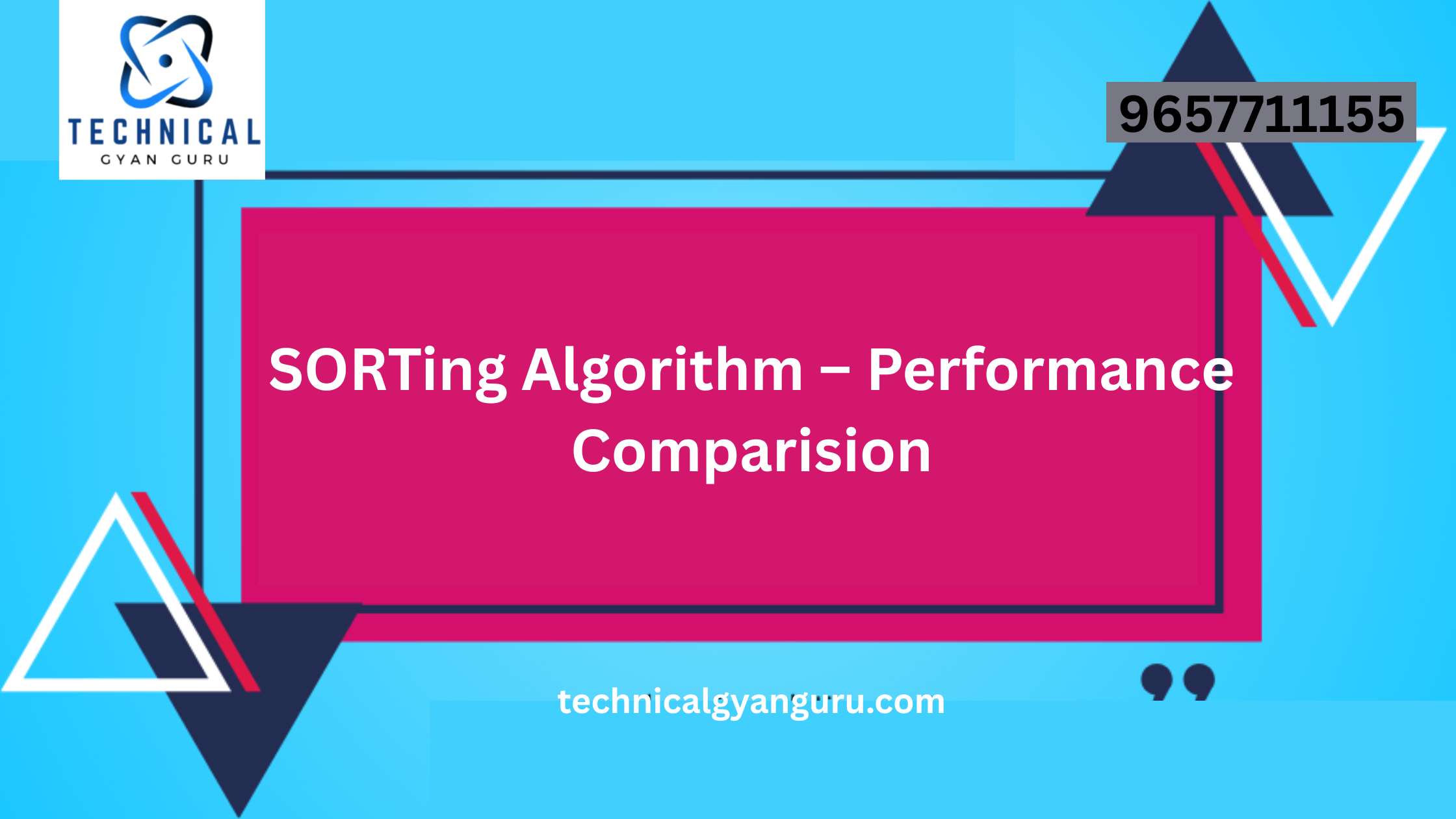
Discover the unexpected bond between ABAP developers and OData. Explore how SAP’s love for OData has transformed data access and integration, empowering ABAPers
In the ever-evolving world of enterprise software, the story of SAP’s integration with OData is a tale of innovation, collaboration, and a touch of human warmth. This narrative not only highlights SAP’s strategic embrace of OData but also sheds light on how this integration has empowered developers and transformed how businesses interact with their data.
The Genesis of OData
The Open Data Protocol (OData) was introduced by Microsoft in 2009 as a standardized approach to querying and updating data over the web. Its goal was simple yet profound: to provide a uniform and easily accessible way to interact with data across different platforms and applications. OData’s foundation was built on familiar web technologies such as HTTP, REST, and AtomPub, which made it a natural fit for the modern, interconnected web ecosystem.
OData’s appeal lies in its simplicity and flexibility. It enables data to be exposed in a consistent manner, using standard URIs for queries and operations. This uniformity ensures that developers and applications can interact with data in a predictable way, reducing the complexity of integration tasks.
SAP’s Strategic Embrace of OData
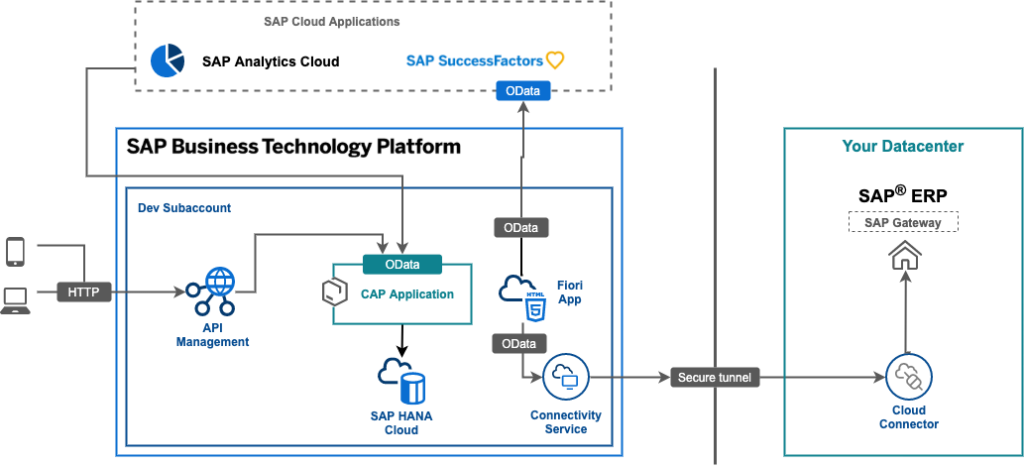
SAP, a global leader in enterprise resource planning (ERP) and business technology solutions, recognized the potential of OData early on. By incorporating OData into its ecosystem, SAP aimed to streamline data access and improve integration capabilities. The company’s commitment to OData is rooted in its desire to enhance user experience and foster interoperability between SAP systems and external applications.
In 2010, SAP introduced SAP NetWeaver Gateway, a technology designed to facilitate the integration of SAP systems with external applications using web standards. This technology was a significant step in SAP’s strategy to make its data and processes more accessible to the broader technology landscape.
You may use the SAP database in three ways:
i. directly within SAP using ABAP
ii. SAP RFC -.NET
iii. SAP JCo Connect – Java

This is a common scenario in any software development. Initially, what begins as an easy demand gradually evolves into an interconnected network of software components, leading to the creation of Point-to-Point Solutions.
Please See: My First Program in ABAP HANA.
The picture below shows that as systems get more complicated in a typical SAP overall IT ecosystem, the number of data consumers increases. Also, unlike in the past, SAP Data is now kept in various locations. The SAP BW system may include data, the corporation may be investing in the HANA Database, and the client may be storing data in SRM, CRM, and other systems.

As a result, developing data communication systems between each and every data consumer and data provider results in Point-2-Point systems, which provide a number of obstacles such as maintenance headaches, upgrade issues, adaptability, and so on.
Imagine you wish to improve your SAP system. Then, in a normal Point to Point system, you must ensure that none of the communication lines break. This includes ensuring that the original customers can continue to comprehend and use the improved SAP system. Which is a dangerous assumption to make.
As a result, SAP recognized the critical necessity to expose its data to external data consumers in such a way that it is:
i. Reliable among every application, systems, and consumers.
ii. Will get examined tracked, and monitored. iii. Does not affect daily business operations or production activities.
Within simple terms, if SAP develops a solution, it should verify that the solution functions similarly across all systems. To examine constancy across systems, we need to look for similarities between each system and develop a solution based on this pattern.
Perhaps we have learned that SAP implemented OData in its design architecture.
The easily manage a data exposure challenge, such as making it easier for clients to use various third-party development instruments and platforms, the company may use its internal SAP Database in an attire, also controlled and careful method.
A lot of individuals get confused between third-party middleware systems and OData.
RESTful web services are a type of web service that adhere to the principles of Representational State Transfer (REST). They use standard HTTP methods—such as GET, POST, PUT, and DELETE—to perform operations on resources, which are typically represented in formats like JSON or XML. RESTful services are designed to be stateless, meaning each request from a client to the server must contain all the information needed to understand and process the request. This architecture promotes scalability and simplicity, making RESTful services popular for building APIs and integrating different web-based applications.
1. Client-server
- Stateless
- Cacheable
- Layered System
- Code on Demand
- Uniform Interface.

Conclusion
The story of SAP’s integration with OData is a testament to the power of standards in shaping the future of technology. By embracing OData, SAP has empowered businesses to unlock new possibilities and streamline their data interactions. The friendly ABAPer, with their expertise and dedication, plays a crucial role in this transformation, ensuring that SAP’s powerful data and processes are accessible, flexible, and ready to meet the challenges of tomorrow.
Read Our blog here:-
The Complete Guide to Configuring Jenkins Server on AWS EC2 Using DevSecOps Tools
How to Reset Your KIIT SAP Portal Password Quickly




